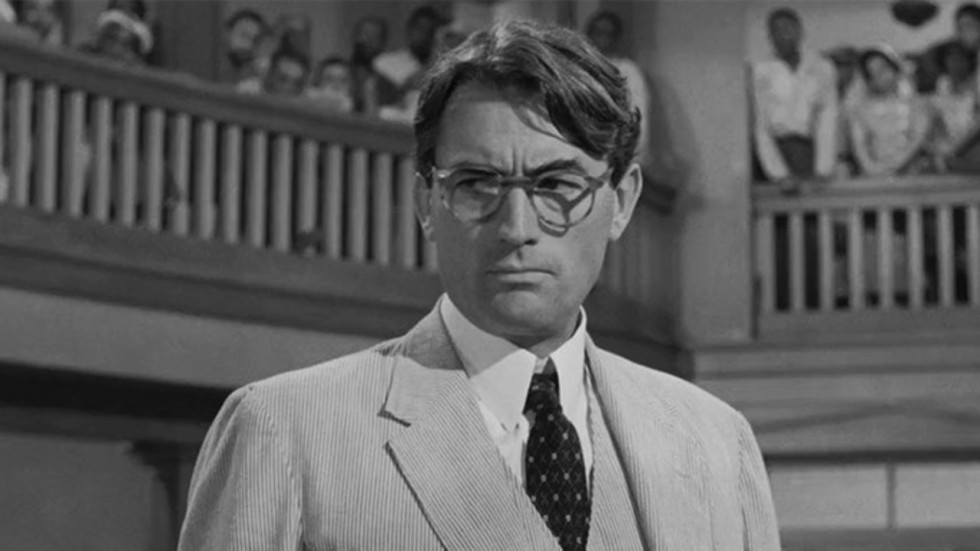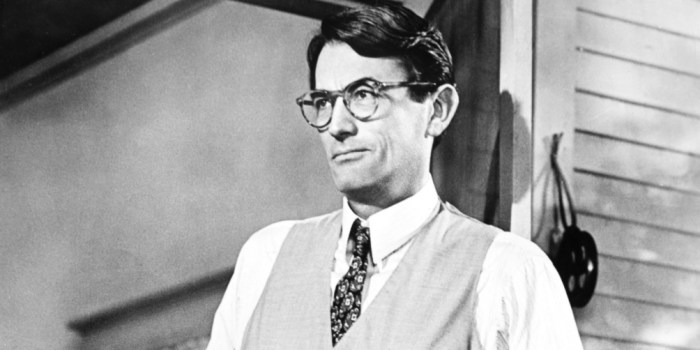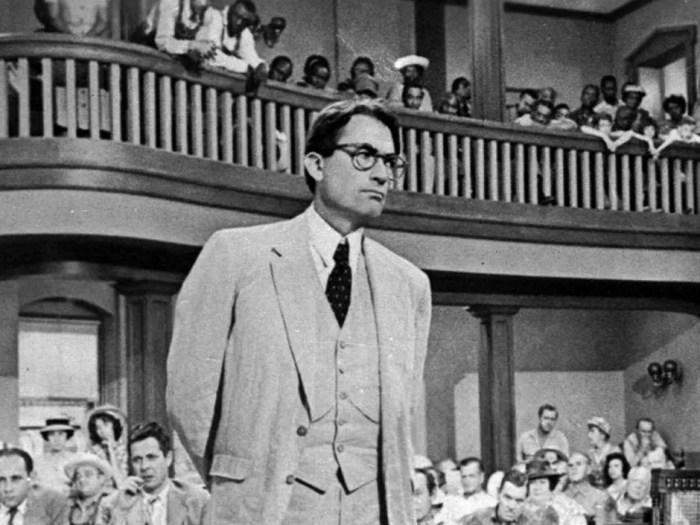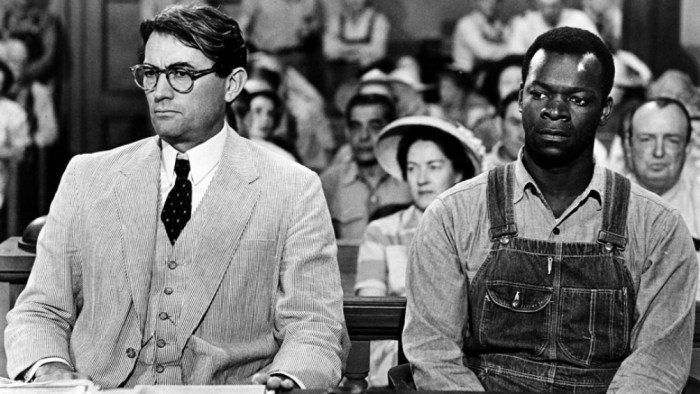Lawyer to kill a mockingbird crossword – The captivating novel “To Kill a Mockingbird” delves into the complex realm of law and justice through the enigmatic character of Atticus Finch, a lawyer who embodies integrity and unwavering ethical principles. His journey as a lawyer in the novel serves as a poignant exploration of the legal system’s complexities and the profound impact it has on individuals and society as a whole.
Through the trial of Tom Robinson, the novel unveils the pervasive themes of racism, justice, and morality, challenging prevailing legal norms and exposing the deep-rooted prejudices that shape the legal landscape. Atticus’s unwavering commitment to justice, despite the overwhelming odds, becomes a beacon of hope in the face of adversity.
Character Analysis: Lawyer To Kill A Mockingbird Crossword

Atticus Finch, a prominent lawyer in the novel, serves as a moral compass and a beacon of justice in the face of prejudice and injustice. His unwavering commitment to the law and his unwavering belief in the equality of all individuals shape his actions and influence the course of the trial.
Atticus’s Legal Skills and Ethical Principles
- Demonstrates exceptional legal acumen, effectively navigating the complex legal system and presenting a compelling case for his client.
- Adheres to a strict moral code, prioritizing justice and fairness over personal gain or social pressure.
- Challenges the prevailing norms of the time, refusing to condone racism or prejudice, even when it puts him at odds with the community.
Atticus’s Relationship with His Children
Atticus’s relationship with his children, Jem and Scout, provides a unique perspective on his legal approach. He instills in them the importance of empathy, compassion, and critical thinking, shaping their understanding of the law and their role in society.
Legal Themes

Racism, Justice, and Morality
The novel delves into the pervasive issue of racism and its impact on the legal system. Through the trial of Tom Robinson, it exposes the deep-rooted prejudice and injustice that permeates society.
Challenging Legal Norms
To Kill a Mockingbirdchallenges the prevailing legal norms of the time, questioning the fairness and impartiality of a system that perpetuates racial inequality. It highlights the need for legal reform and social change.
Symbolism and Metaphor

The Mockingbird Symbol
The mockingbird, a symbol of innocence and vulnerability, represents the victims of injustice in the novel. Its killing symbolizes the senseless destruction of innocent lives and the failure of society to protect the marginalized.
The Courtroom as a Legal Arena
The courtroom serves as a metaphorical stage where legal battles are fought and justice is sought. It highlights the adversarial nature of the legal system and the struggle between truth and prejudice.
Historical Context
Jim Crow Laws and Racial Segregation
The novel is set against the backdrop of the Jim Crow era, a time of legalized racial segregation and discrimination. These laws had a profound impact on the legal system, creating a separate and unequal system for African Americans.
Civil Rights Movement
The publication of To Kill a Mockingbirdcoincided with the growing Civil Rights Movement. The novel’s exploration of racial injustice resonated with readers and contributed to the growing awareness of the need for social and legal change.
Character Relationships

Legal Proceedings and Personal Connections
The novel explores the complex relationships between characters in the context of legal proceedings. These relationships influence legal outcomes and highlight the interplay between personal biases and the pursuit of justice.
Gender and Class, Lawyer to kill a mockingbird crossword
Gender and class play significant roles in shaping the legal landscape of the novel. Women and members of lower socioeconomic classes face additional barriers and discrimination within the legal system.
Narrative Structure
Flashbacks and Multiple Perspectives
The novel employs flashbacks and multiple perspectives to provide a nuanced understanding of legal events. This narrative structure allows readers to see the events from different angles, gaining a deeper insight into the motivations and actions of the characters.
Significance of the Ending
The novel’s ending, while bittersweet, reflects the themes of justice and redemption. It highlights the importance of hope and the possibility of change, even in the face of adversity.
Quick FAQs
What is the significance of Atticus Finch as a lawyer in the novel?
Atticus Finch represents the embodiment of integrity and ethical principles in the legal profession. His unwavering commitment to justice, even in the face of overwhelming odds, serves as a beacon of hope and challenges prevailing legal norms.
How does the trial of Tom Robinson highlight the themes of racism and justice?
The trial of Tom Robinson exposes the deep-rooted racism and prejudice that permeate the legal system. Atticus’s defense of Tom, despite the overwhelming evidence against him, underscores the profound impact of racial bias on the pursuit of justice.
What is the symbolism of the mockingbird in the novel?
The mockingbird symbolizes innocence, vulnerability, and the destruction of innocence. The senseless killing of the mockingbird parallels the unjust treatment of Tom Robinson and highlights the tragic consequences of prejudice.

